More than ten years into digital art, I’ve learned to appreciate the benefits of creating art in series. But I still notice that many beginners, like myself at the time, are not aware of the advantages of working in series.
Many beginning artists have quite a random approach to creating art. They make one piece like this, one piece like that, and so on. That’s totally ok, and it probably is the regular route to becoming an artist.
That is certainly a good way to learn to create art. But in the end, you will have a very inconsistent, fragmented body of work. And while all the individual works make perfect sense to the artist, they are hard to understand for the viewer.
Since there is no common thread, it is difficult for people to comprehend what your art and you as the artist are about.
Another worry that artists have about working in series is that it might become repetitive and boring. Some are afraid that they will limit their artistic freedom by creating series and end up in a creative rut.
These are some common misconceptions that I too had at an early stage in my career. But I noticed that art series can actually be the opposite of dull and monotonous. They offer you a great opportunity to explore the same idea or theme in a deeper and more meaningful way – while being able to fully unfold your artistic potential!

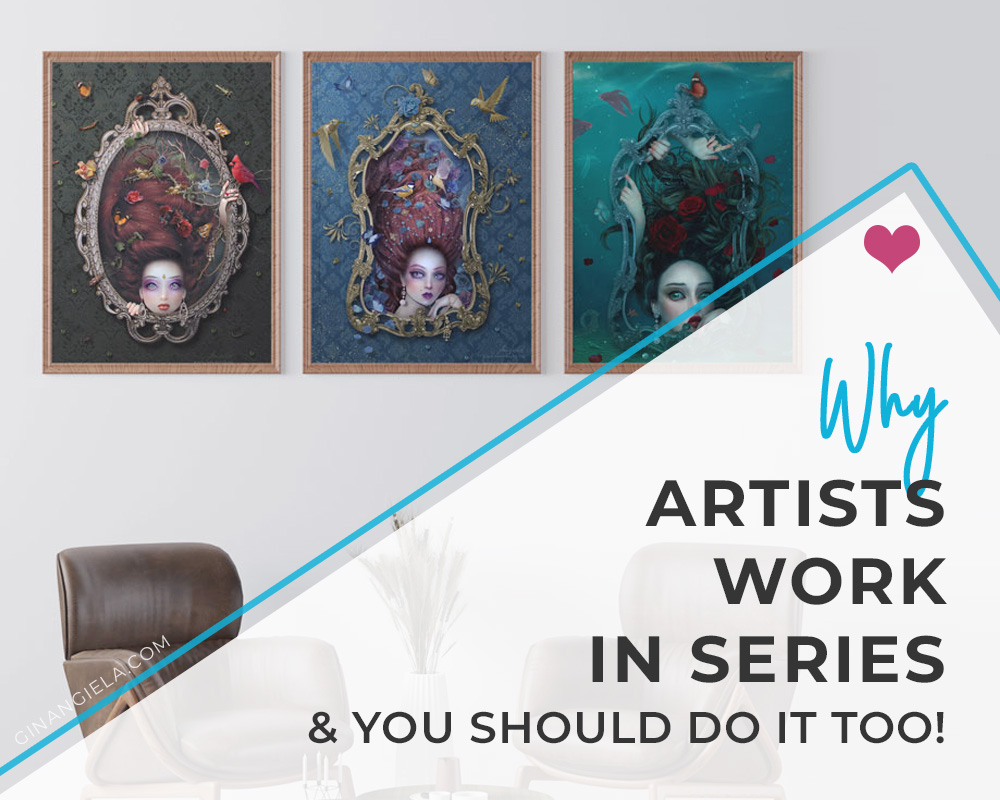

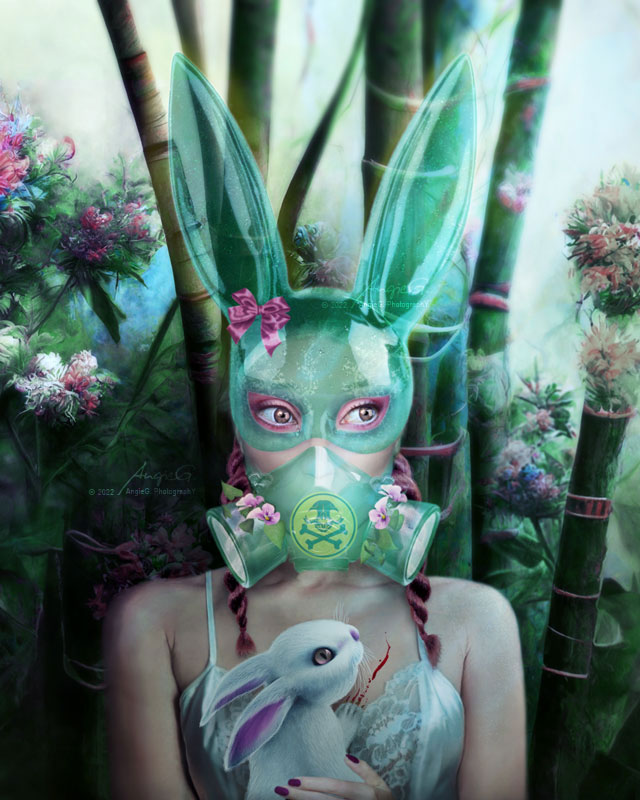


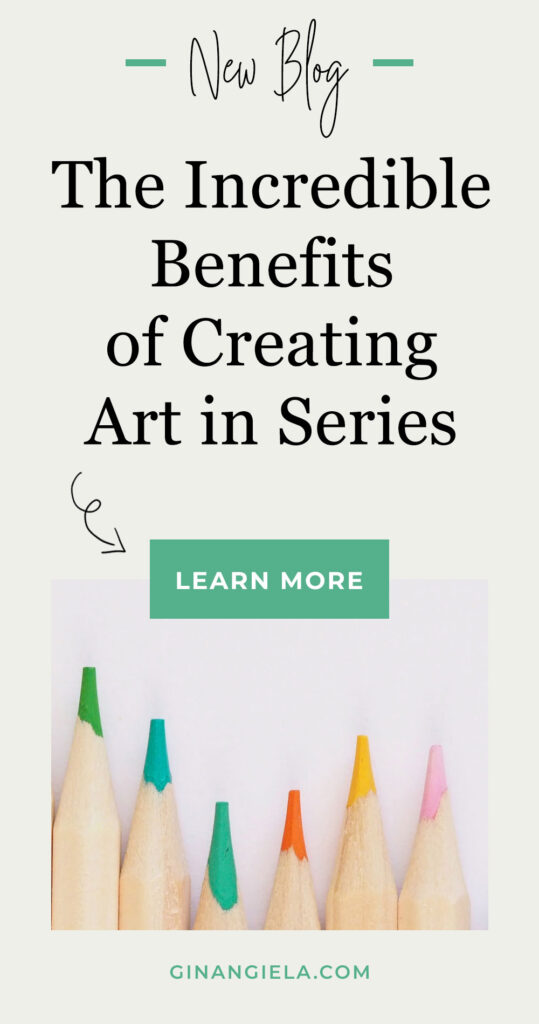
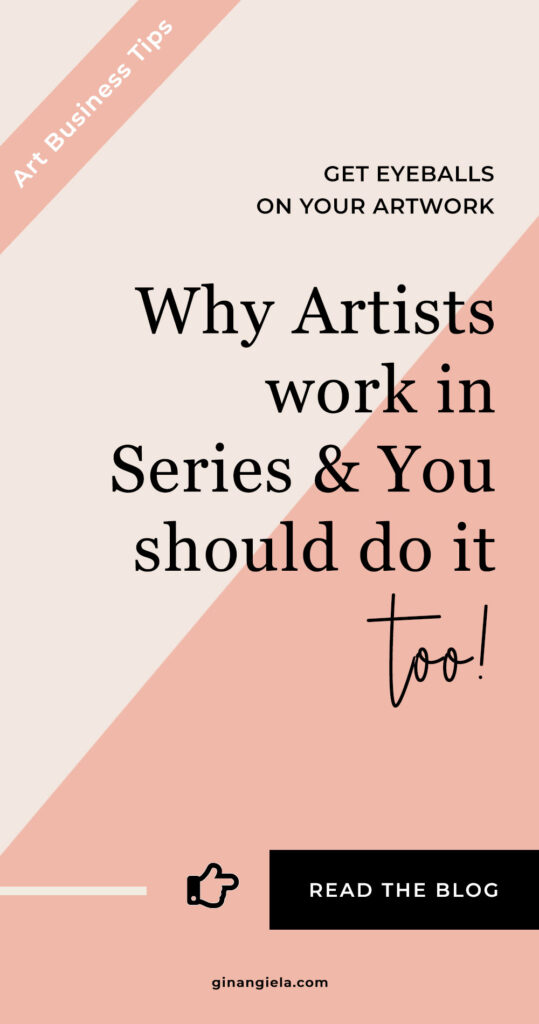


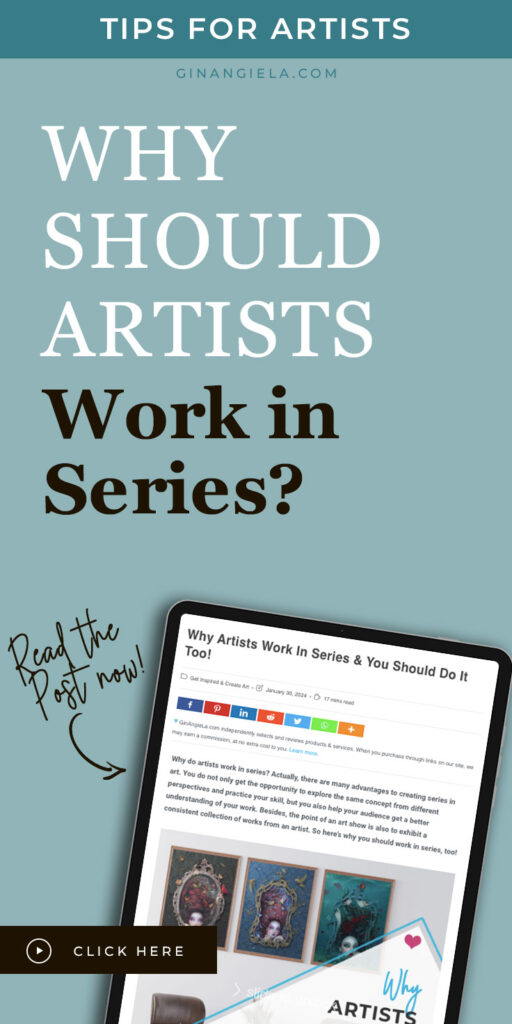

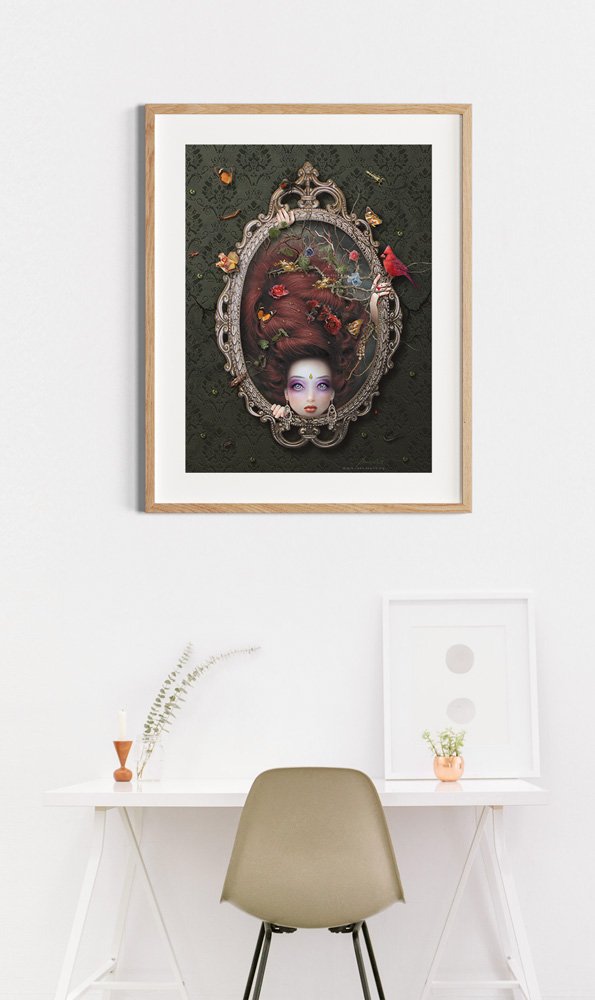

very good write up. I definitely love this web site, keep it up!
Thank you so much, Tancer. It means a lot to me to hear from my readers (: